Hélène Jacqz
1964
Paris, France
Hélène Jacqz moved back to Paris in 1982 and enrolled at the National School of Fine Arts in (Beaux- Arts) in 1986, drawing from nature and at Le Louvre. An admirer of the Nabis, she obtained her Beaux-Arts diploma in 1991 as well as two scholarships, in 1991 and 1992, to study at the Parsons School of Art in New York (Fulbright and Lavoisier). She returned to France in 1996. Since then, she works in her studio in Montrouge.
Introduction to the series of works - Dance with the colours -
“During a musical show organized by my daughter’s college a few years ago, we watched together Jacques Demy’s film “Les Demoiselles de Rochefort” accompanied by Michel Legrands’s stimulating music. I was charmed by this film, touched, by its lightness, its poetry, cheerfulness, humanity, its apparent carelessness (on the background of the Algerian war) and this sweet contagious (and resilient) madness that finally led the inhabitants of Rochefort to repaint their entire city: shutters, fire stations, pedestrian crossings and so on thus was created for several months a festive and joyful atmosphere that the inhabitants of Rochefort still remember to this day. it was definitely a source of inspiration for me.”
“In 2015, after the confirmation of an upcoming exhibition, I embarked on a series of large formats impetuous canvases, pushing the acid colors to their extremes (up to neon-like), without fear of kitsch, playing with movement and colorful collisions. The work started from color and there were second takes. Most of the paintings were executed very fast after much preparation, as shown in the video filmed by Robin Tardieu at the end of 2016 (posted on YouTube “in Hélène Jacqz’s workshop” in March 2017). These paintings gave rise to my Parisian exhibition “Early Spring” at the Insula Gallery in March 2016. H. J. “Since 2008, my work has naturally and drastically evolved towards some sort of fulgurance, in a state close to trance or dance”.
“I searched for tools adapted to my needs and manufactured them myself until I found some allowing me to evolve more and more freely in this type of work, where gesture and form are totally intertwined. The rollers, which I started using in 2014/2015, were great tools because they allowed me, to extend a single gesture from one end of the painting to the other and literally dance. They also allowed the fusion of design and color.” “It is the strength of the artist’s intent that allows painting to free itself from the laws of gravity and from its materiality. I would like to freely express a vital momentum, freedom, hope, feelings which ultimately animate life and and are at the source of all human activities.”
“Painting takes one away, makes one dream and get closer to a different Self. It is proof of the greatest of all freedoms, that of the heart. A work of art should remain an open question, never a closed answer. It’s a battle deep down inside. Freedom, once found, can be tinged with humour, play, theatrality, sadness and many other human feelings that the artist, while at work, might not be aware of. But when the work is over, these feelings are transmitted to the viewer by the mere play of forms and colors.”
Dance with the colours In a painting by Helen Jacqz, as in jazz improvisation, everything is played in the moment. Everything is a matter of tempo. It is always the game of double or quits. Quits, it would be leaving on a canvas a meaningless track of painting, a neutral sound, dull, without echo or vibrato. Double, she won. It is a soaring flight, a surging apparition, a flowering: a large gesture propelling your eyes from one angle of the canvas to the next. The viewer is in the position of a surfer deftly sliding in the hollow of the wave, one split second before it breaks up into billions of glittering droplets. Helen Jacqz painting evokes dance and acrobatics.
And like in those two disciplines, mastery can only be achieved after the long learning of a trade. it was first the Beaux-Arts in Paris and the Parsons School in New York. But then, it is the assiduous practice of painting that led her towards unknown shores. She didn’t go looking for pearl oysters or rare and endangered aquatic species. But day after day, canvas after canvas, she undertook to paint pictures capable of awakening new echoes, in her like in us.
It is as if she had taken for herself the advice that the Seventeenth Century’s French writer Nicolas Boileau gave to poets: “Hasten slowly and without losing courage Twenty times if needed resume the same work Polish it constantly, re-polish it again add something sometimes and often delete it”. Looking at her painting one could change Boileau’s “Advice to Poets” in an “Advice to Painters”: “Before you start painting, first learn how to dance!”
Marc-Albert Levin
